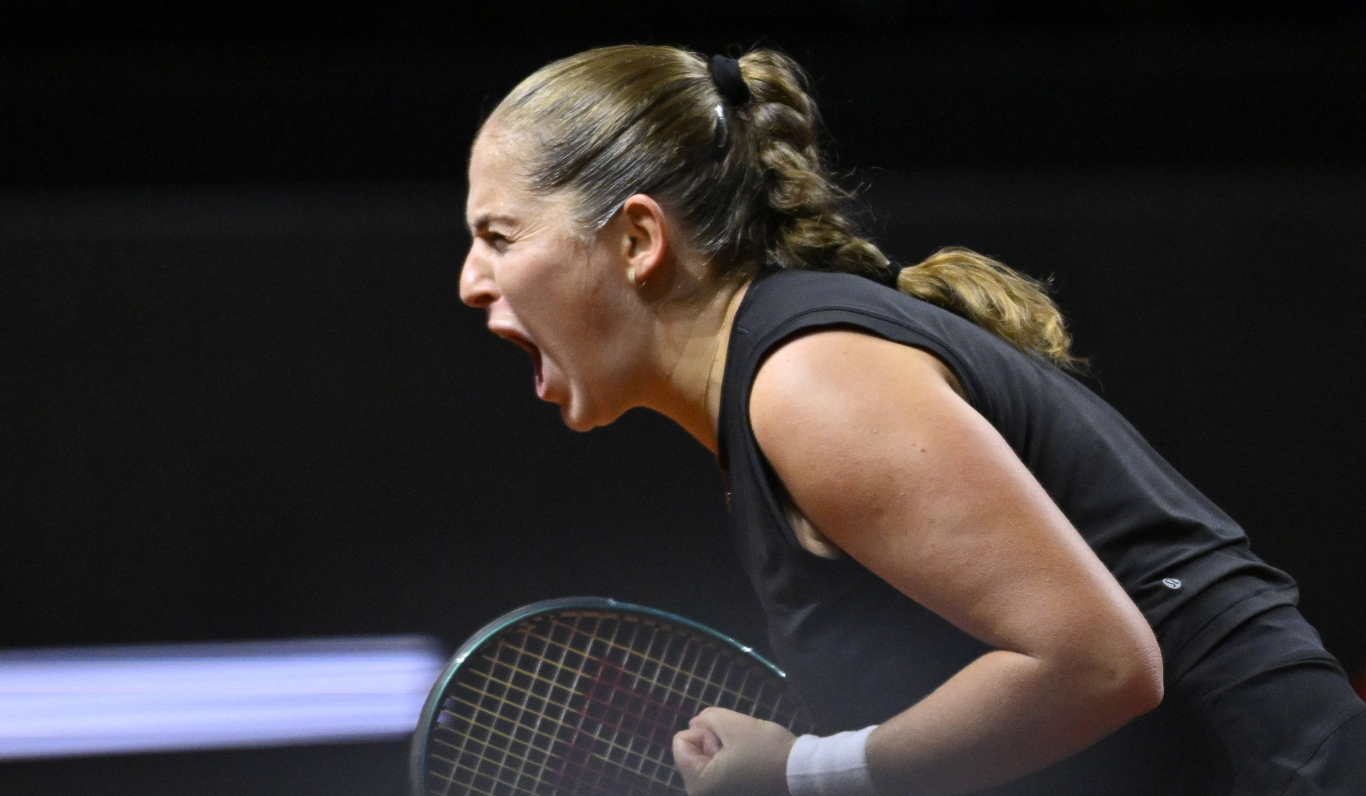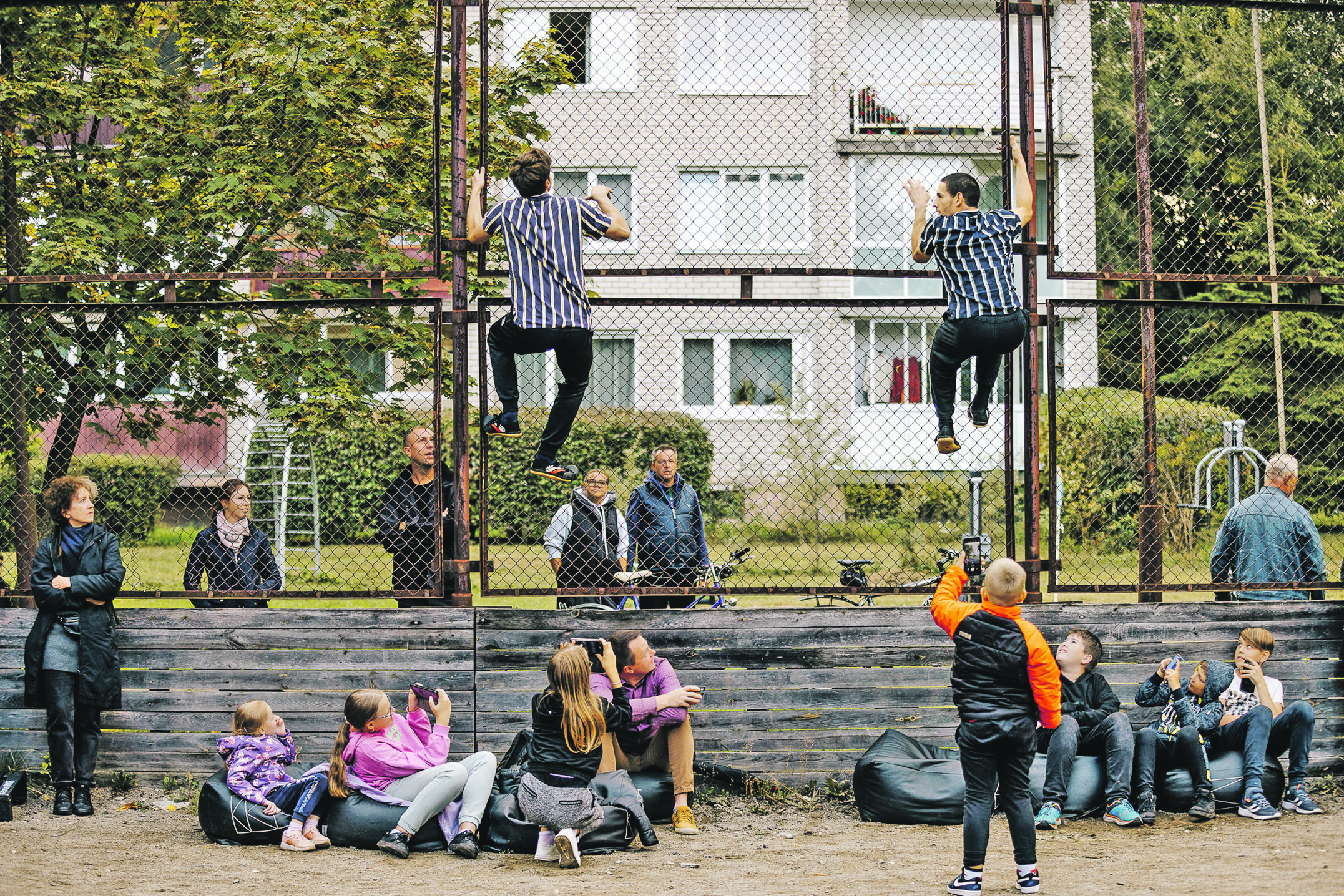Spring allergies, children more at risk due to climate change

The threshold of predisposed children is lowered and even serious reactions are increasing. The advice of allergologists to deal with the most common symptoms of seasonal allergies (rhinitis, conjunctivitis, dermatitis, urticaria, asthma)
The allergy to the pollen, also called « spring », occurs in conjunction with the flowering of some plants. Allergologists launch the alarm: due to climate change, the threshold of predisposed children is lowered. They therefore increase even serious reactions
Allergy It is an excessive reaction of the immune system to usually harmless substances. The pollen one manifests itself in conjunction with the flowering of some plants e It involves rhinitis, conjunctivitis, asthma, dermatitis and urticaria. It can arise at any age and, if mom and dad are allergic, the chances that the child is also increases. Let’s try to clarify the expert to understand how to diagnose and how to keep the spring allergy in the little ones at bay.
Allergy and climate change
«Climate change makes The pollen season not only longer, but also more intense due to pollution which trapped the heat – he explains Vincenzo PatellaPresident of the Italian society of allergology, asthma and clinical immunology (SIAAIC) and director UOC Internal Medicine of the Salerno Health Authority -. Higher levels of carbon dioxide in the air can Increase the production of pollen in plants, in particular in graminaceous and ambrosia. The increase in temperatures that leads to the decrease in frosts, it causes plants to bloom first. The air is richer in particular and this lowers the threshold of predisposed children. If before, in fact, allergic pediatric patients were about 8%, today it reaches 15%». And according to an American research from 2022, at the end of the century the increase in pollen production could go up to 200%.
How to formulate diagnosis
In children, to formulate a diagnosis, First of all, the genetic predisposition is assessed. If parents are not allergicthe chances of a child to be around 15%. With one of the allergic parents they go up to 30%. When be mom and dad I amthen the probability reaches 75%. Are considered i Symptoms, such as difficulty in breathing, night ranto, white mucus, closed nose, itching eyes. “If the child presents At least 2 or 3 of these symptomsThen there is a strong suspicion that it is allergic. Only one symptom, however, is not enough to formulate a diagnosis. The pediatrician is certainly able to recognize allergies Or to send the small patient to the allergologist -continues Patella -. Starting From 3 years you can perform the skin test associated with blood testssuch as blood and immunoglobulins and (IGE). To evaluate asthma, the impulses oscillometry is performed (IOS), which supports a standard exam, such as spirometry, more difficult to perform in children. In school age you can also perform the phenomenon testwhich evaluates the presence of nitric oxide in the exhaled air: its high concentration suggests inflammation of the low and high airways ».
Allergy: what therapy?
An allergy It can manifest itself slightly, moderate or severely. Depending on the degree, therapy is establishedwhich can only be topical or even systemic. Traditional drug therapy involves the use of antihistamines in the form of tablets. Today antihistamines are available that cause less side effects, primarily sleepiness. Where necessary, it is possible to use nasal spray based on topical cortisone, which reduce the inflammation caused by the allergy. « If he presents himself With skin rush, respiratory problems and pressure drop, or with anaphylaxis, life -saving therapy is adrenaline. Fortunately, now on the market there are drugs for these circumstances in ready -to -use packaging, self -employed », reassures Patella.
When to resort to immunotherapy
“If we can define the cause of the allergy it is possible submit the patient, even pediatric, to antiallergic immunotherapy (AIT)thus also changing the history of the disease -reassures Patella -. However, it should be done only when the allergic events are under control and there are no attacks in progress ». It is very common that during growth the symptoms are reduced to almost disappear. « But the allergy does not disappear. Especially because It continues to be exposed to substances present in the atmosphere and foods. In particular, a study conducted on Italian children has shown that The consumption of industrial fried foodcooked at high temperatures and rich in nitrite, nitrates and acrylamons, is associated with an increase in cases of asthma. This means that bad diet acts as a trigger for allergy, « he concludes.








/s3/static.nrc.nl/images/gn4/data132978730-43bb23.jpg)
